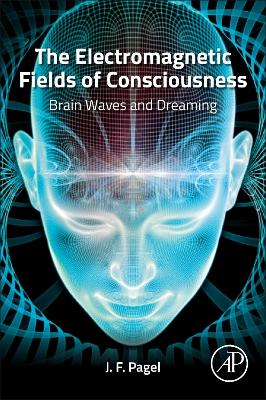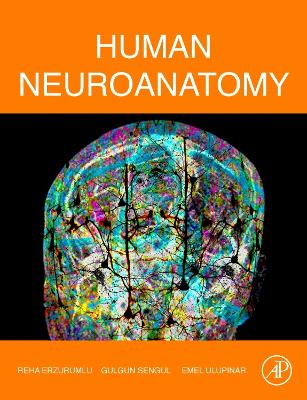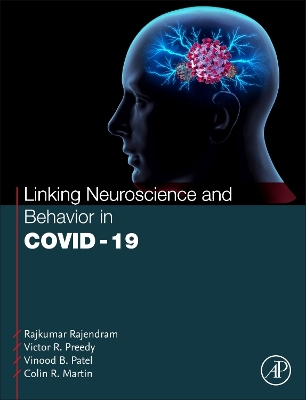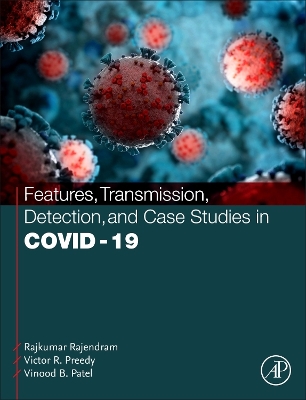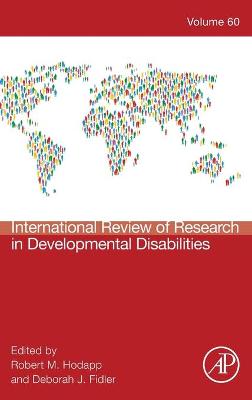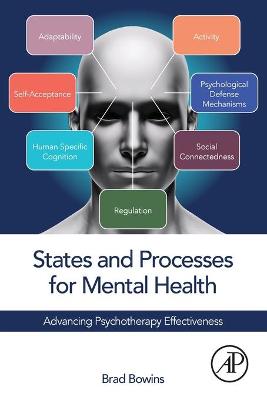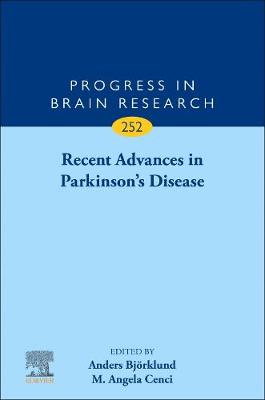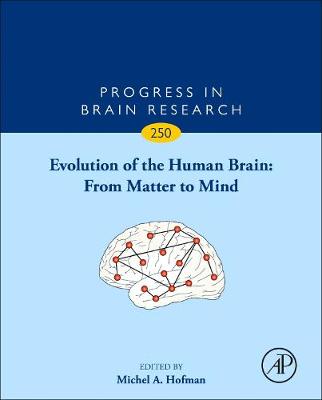Introduction to Quantitative EEG and Neurofeedback
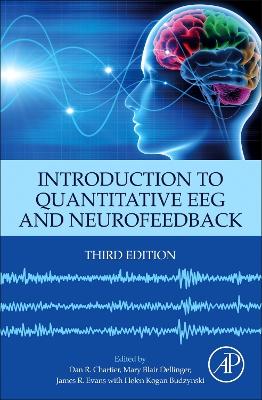 -10%
portes grátis
-10%
portes grátis
Introduction to Quantitative EEG and Neurofeedback
Budzynski, Helen Kogan; Chartier, Dan R.; Evans, James R.; Dellinger, Mary Blair
Elsevier Science & Technology
06/2023
592
Dura
Inglês
9780323898270
15 a 20 dias
Section II. Clinical Applications of NFB 12. Multiple channel advanced standardized weighted low-resolution electromagnetic tomography training for sustained clinical outcome 13. Utilizing quantitative electroencephalographic Assessment and standardized low-resolution brain electromagnetic tomography neurotherapy in the treatment of trauma and dissociation 14. Neurofeedback and developmental trauma: Theory and practice 15. Advances in analysis and training 16. The importance of contingency between electroencephalographic patterns and neurofeedback for sustained clinical outcome 17. Endogenous neuromodulation at infra-low frequencies 18. Neurofeedback in elite and athlete performance 19. Application of electroencephalogram and other neurophysiological measures in assessment of cue-reactivity in individuals with substance use disorder 20. Quantitative electroencephalogram, event-related potential and neurofeedback in substance use disorders research and treatment 21. Asperger's syndrome intervention: Combining neurofeedback, biofeedback and metacognition 22. Effective intervention for attention-deficit/hyperactivity disorders using quantitative electroencephalography and neurofeedback 23. Alpha-theta neurotherapy and the neurobehavioral treatment of addictions, mood disorders, and trauma
Section III. Complementary Approaches and Adjunctive Concepts for Neuromodulation and NFB 24. Midstream exchange between the gastrointestinal system and the brain 25. pIR HEG neurofeedback and nIR HEG neurofeedback, best practices 26. "Wearables?: A new age of personal empowerment 27. Optimal biofeedback: Combining neurofeedback and integrative neuromodulation through light, sound, vestibular/cerebellar stimulation and heart rate variability 28. Music and neuromodulation 29. Physiology of audio-visual entrainment technology 30. Lifestyle and environmental influences on electroencephalography, quantitative electroencephalography, and Neurofeedback
Section IV. Ethical and Legal Issues 31. Quantitative electroencephalography goes to court - Applications in liability and capital cases 32. Ethical principles in neurofeedback standards of care and clinical practice
Section II. Clinical Applications of NFB 12. Multiple channel advanced standardized weighted low-resolution electromagnetic tomography training for sustained clinical outcome 13. Utilizing quantitative electroencephalographic Assessment and standardized low-resolution brain electromagnetic tomography neurotherapy in the treatment of trauma and dissociation 14. Neurofeedback and developmental trauma: Theory and practice 15. Advances in analysis and training 16. The importance of contingency between electroencephalographic patterns and neurofeedback for sustained clinical outcome 17. Endogenous neuromodulation at infra-low frequencies 18. Neurofeedback in elite and athlete performance 19. Application of electroencephalogram and other neurophysiological measures in assessment of cue-reactivity in individuals with substance use disorder 20. Quantitative electroencephalogram, event-related potential and neurofeedback in substance use disorders research and treatment 21. Asperger's syndrome intervention: Combining neurofeedback, biofeedback and metacognition 22. Effective intervention for attention-deficit/hyperactivity disorders using quantitative electroencephalography and neurofeedback 23. Alpha-theta neurotherapy and the neurobehavioral treatment of addictions, mood disorders, and trauma
Section III. Complementary Approaches and Adjunctive Concepts for Neuromodulation and NFB 24. Midstream exchange between the gastrointestinal system and the brain 25. pIR HEG neurofeedback and nIR HEG neurofeedback, best practices 26. "Wearables?: A new age of personal empowerment 27. Optimal biofeedback: Combining neurofeedback and integrative neuromodulation through light, sound, vestibular/cerebellar stimulation and heart rate variability 28. Music and neuromodulation 29. Physiology of audio-visual entrainment technology 30. Lifestyle and environmental influences on electroencephalography, quantitative electroencephalography, and Neurofeedback
Section IV. Ethical and Legal Issues 31. Quantitative electroencephalography goes to court - Applications in liability and capital cases 32. Ethical principles in neurofeedback standards of care and clinical practice

